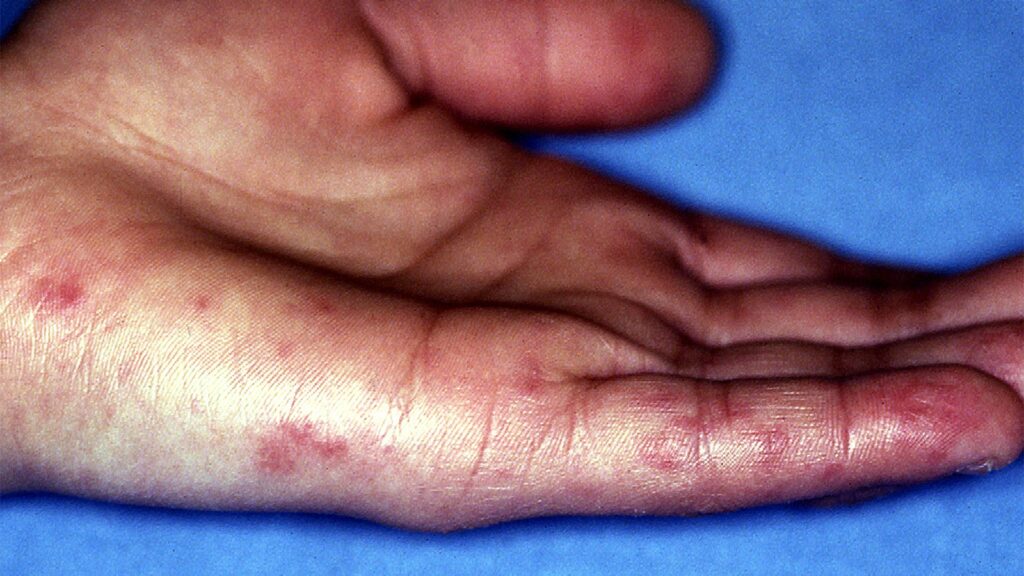Patients with highly active systemic lupus erythematosus (SLE) appeared to sustain much less organ damage and fewer disease flares when drug therapy yielded substantial relief, researchers found.
Unfortunately, only a minority of such patients achieved low disease activity or remission in the multinational cohort study, according to Alberta Hoi, MBBS, PhD, of Monash University in Clayton, Australia, and colleagues.
Among 1,029 lupus patients in high disease activity status (HDAS) followed for a median of 2.7 years, just 20.9% got to a point where they were in low disease activity status (LDAS) at least half the time, the group reported in Rheumatology.
LDAS — defined as an SLE Disease Activity Index 2000 (SLEDAI-2K) score of 4 or less — lasting at least 3 months was achieved by 37.5%. But LDAS was difficult to sustain longer term: only 15.3% were able to stay in LDAS for 12 months or longer, and just 5.7% remained in LDAS for at least 2 years.
Remission (SLEDAI-2K of 0 and Physician’s Global Assessment score less than 0.5) was even harder to achieve and maintain. While 40.9% achieved remission at least briefly at some point, just 12.1% were able to sustain it for 12 months, and not even 5% could stay in remission for 24 months.
All of these rates were lower by approximately half or more than among 2,782 cohort members not starting in HDAS, Hoi and colleagues reported.
The good news was that flares and complications were significantly less common when patients had lasting LDAS or remission. Those in LDAS for 3 or more months faced less than one-third the risk for organ damage accrual (HR 0.32, 95% CI 0.20-0.52); 12 months of LDAS cut that risk by another third (HR 0.22, 95% CI 0.09-0.56), compared with those never achieving LDAS. Results were similar for sustained remission.
Flare rates were also reduced significantly with sustained clinical improvement, with hazard ratios of 0.56 down to 0.18 with increasing time spent in LDAS or remission.
And even intermittent LDAS or remission brought benefits in outcomes. In addition to tracking remission sustained for given periods of time, Hoi and colleagues also counted cumulative time in LDAS and remission. Close to 80% of patients whose total time in LDAS reached 12 months — even though it might have been for only a few weeks here and there — had 5-year rates of organ damage accrual of about 20%, compared with almost 50% among those without 12 months of cumulative LDAS. When cumulative remission was counted, the same pattern and roughly similar rates were seen. Flare rates were also lowered with intermittent but regular LDAS or remission, although few patients (less than 10%) were fortunate enough to avoid flares entirely.
“In summary, this study confirms that HDAS is a poor prognostic indicator in SLE, but in this severe group of patients, protective effects of [LDAS] or [remission] attainment were clearly evident,” the researchers concluded. They also urged that lupus patients in HDAS “should be the priority group for consideration of emerging therapies available for SLE in order to achieve treat-to-target goals.”
Data for the study came from the Asia-Pacific Lupus Collaboration, which comprises clinics in 13 countries in the region. Adult patients with at least two visits during 2013-2020 were included.
Mean patient age at enrollment was 35 for those in HDAS and 41 for those with less active disease (P
Perhaps the most important limitation to the study was that fewer than half of the HDAS patients were followed for more than 2 years; less than 25% had 5 years of data. Hoi and colleagues noted that “the proportion of patients [achieving LDAS] increased with length of observation, suggesting the possibility of increased dropouts of patients with worse outcomes.”
Disclosures
The Asia-Pacific Lupus Collaboration, of which this study was a part, is funded by AstraZeneca, Bristol Myers Squibb, Eli Lilly, EMD Serono, GSK, Janssen, and UCB. Authors reported relationships with these and many other pharmaceutical companies, mostly from Japan.
Primary Source
Rheumatology
Source Reference: Kandane-Rathnayake R, et al “Association of lupus low disease activity state and remission with reduced organ damage and flare in systemic lupus erythematosus patients with high disease activity” Rheumatol 2024; DOI: 10.1093/rheumatology/keae631.
Please enable JavaScript to view the comments powered by Disqus.
Source link : https://www.medpagetoday.com/rheumatology/lupus/113241
Author :
Publish date : 2024-12-05 21:40:24
Copyright for syndicated content belongs to the linked Source.
